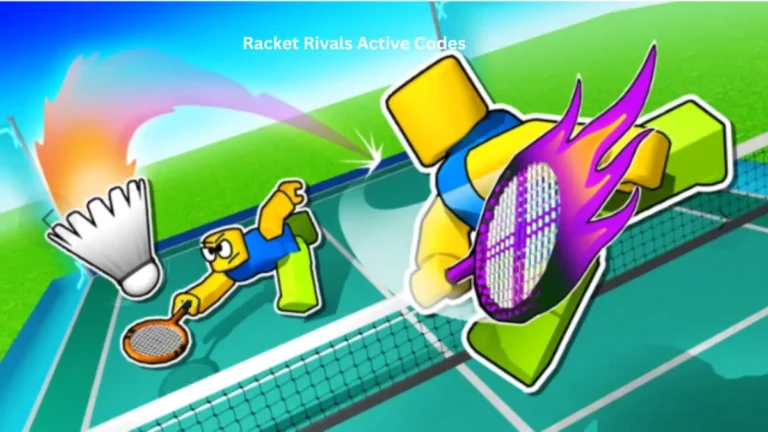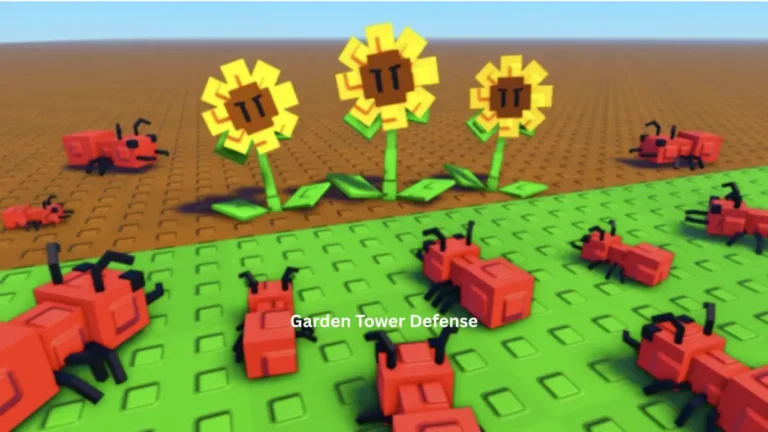Challenges and Solutions
With the global rise in popularity of virtual reality (VR) video games, immersive gaming seems to be the future of the industry. That being said, one of the most appealing aspects of gaming is collaborating or competing against friends or other players. While this is something traditional PC and console gaming integrate frequently, multiplayer mechanics don’t always directly translate to VR. For VR to truly become the ultimate gaming experience, multiplayer modes must be as engaging as other non-VR titles. Keep reading to learn more about the common challenges VR developers face when incorporating multiplayer options as well as some helpful solutions for those obstacles.
Characteristics of a Great Multiplayer Game
It’s important to first consider what makes a multiplayer game entertaining before addressing the VR-specific issues. Of course, captivating mechanics are necessary, but for players to stick with a game, it takes much more than just enjoyable gameplay.
The most successful multiplayer games involve both online and social features to keep players connected. These features are a great starting point for your game, but implementing some kind of progression system is also a great tip as it will reward players for the time they spend in your game.

In addition, there are many kinds of multiplayer games available. Different solutions will be needed for fully online multiplayer game modes compared to local multiplayer ones.
Within the immersive VR landscape, some options, such as split-screen gameplay, aren’t really feasible. Before you worry about how to build a great VR multiplayer game, you’ll have to decide which type of experience you’re aiming for. It’s also a good idea to decide which multiplayer modes to include. Which type of competition do you want your participants to be able to play– one-on-one, in teams, or all of the above?
Furthermore, a matchmaking algorithm is required if your multiplayer game will allow users to team up or compete against other players. In games where player matching is entirely random and doesn’t take into consideration personal preferences or skill level, gamers may find the multiplayer feature to be overly frustrating or boring.
Balanced matches are the most enjoyable for players. Establishing a leaderboard, complete with rankings and statistics, will not only help with matchmaking but will also add some extra stakes to match outcomes. Other popular multiplayer social features can exist within the game itself, too. Think of including clans or guilds in the game, or incorporating a social feed into the leaderboard.
Potential Challenges to Consider
Online multiplayer games require a networking architecture capable of providing smooth gameplay and ideal synchronization among players. While a peer-to-peer networking architecture is less expensive than dedicated servers, it provides less control and reliability. For a client-server networking architecture, establishing a dedicated server is often ideal, but more expensive.
Real-time gameplay is another essential component of multiplayer video games. The reduction of network latency presents the most difficulty in this regard. Dedicated servers can be an important aspect of that solution, as one technique to minimize latency is server reconciliation. Client-side prediction as well as lag compensation also are used to foster smooth, real-time gameplay.
The quality of online communication like voice chat can be a sticking point for the quality of multiplayer games, whether or not they’re VR capable. Your in-game chat system has to enhance the game, not take away from it. Voice chat should be standard for most online games these days, but VR has the advantage of allowing players to leverage motion. Through VR, players can communicate with gestures and movement, too. As great as this can be for players, it adds a whole new layer of complexity for game devs.
Community Feedback
Once you start coding your multiplayer VR game, one of the best ways to make sure it overcomes the aforementioned obstacles is to test, test, and test some more. Testing will help you iterate as well as fix certain parts of your game. Create a QA team to identify bugs, server issues, synchronization problems, and more.
It’s also crucial to continuously evaluate player feedback and make improvements based on the thoughts of your player base. Since few games are released in a perfect state, developers who implement fixes and updates to address player feedback will earn the trust and engagement of their players.
Building Your Dev Team
Building multiplayer VR games requires specific skill sets above and beyond what you’d need for games published on other mediums. Your VR characters will likely need to be 3D modeled and rigged differently. The animation will be different. From the big picture elements of the way your players interact with the environment down to the finest details of the user interface – your team will need a handle on how all of these work differently.
There are VR developers that offer game IP development services, including for multiplayer games, that can help take your game to the next level. You can also find training and classes to elevate the skills needed to build the game you want in the future.
Get Started Today
Since multiplayer VR gaming is still very new to the gaming scene, the development process isn’t quite as streamlined as it is on other non-VR platforms. Even though it may be more challenging to build a great multiplayer experience for VR, it could totally be something that helps separate your game from the other multiplayer games on the market.




